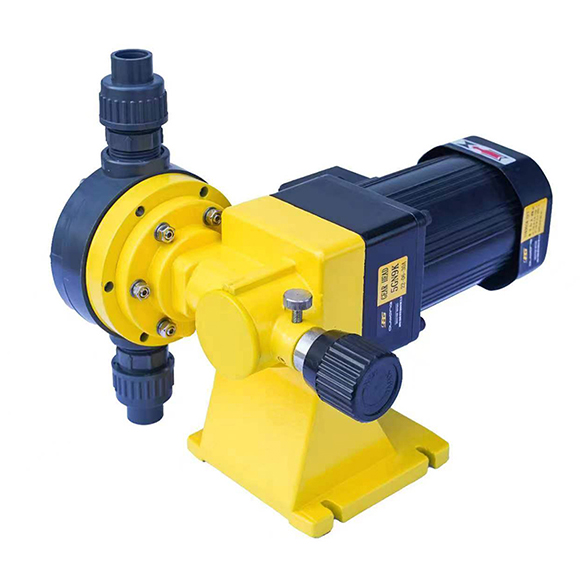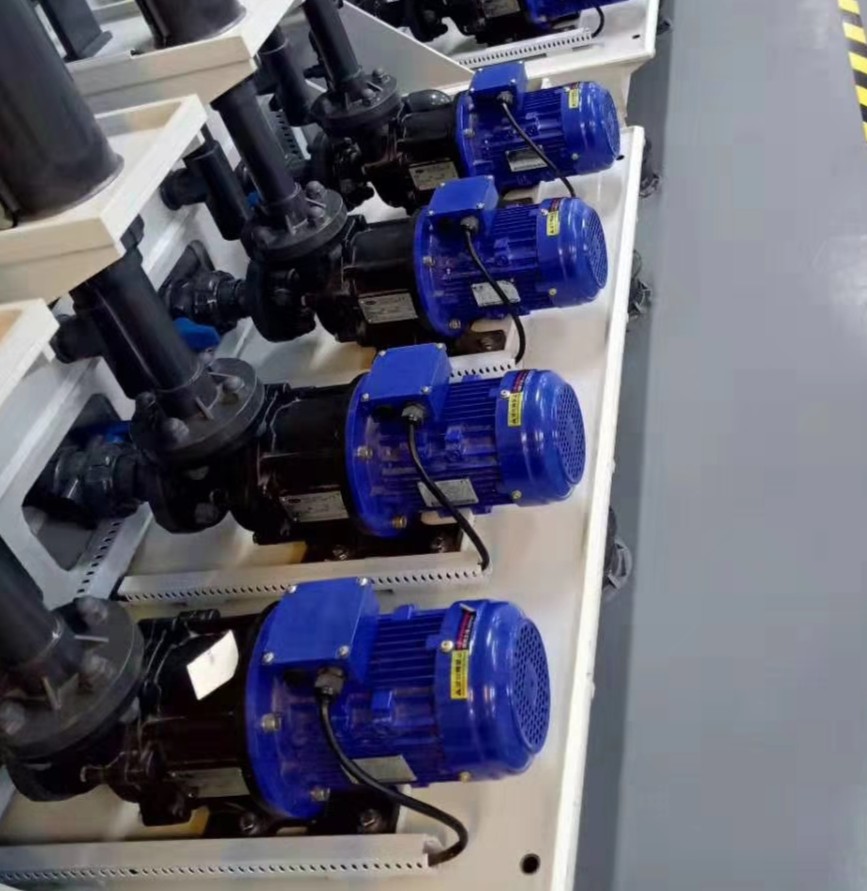When a dosing pump motor fails to start, it can disrupt the entire chemical dosing process, leading to inaccurate chemical injection or system downtime. Understanding the possible reasons behind a dosing pump motor not working helps ensure timely maintenance and reliable operation. This article explores the most common electrical, mechanical, and control-related causes and offers effective troubleshooting methods.

🔌 1. Electrical Causes
1.1 Power Supply Failure or Voltage Issues
Possible Causes:
Power switch not turned on
Blown fuse or tripped circuit breaker
Loose wiring or open circuit
Low voltage or phase loss
Troubleshooting:
Use a multimeter to check the voltage at the power input.
Inspect for blown fuses, loose terminals, or missing phases.
Verify that contactors and circuit breakers are working correctly.
1.2 Motor Burnout or Short Circuit
Possible Causes:
Continuous overload operation
Moisture or chemical ingress leading to insulation failure
Troubleshooting:
Measure the insulation resistance (should be above 0.5 MΩ).
Check for unusual smell, heat, or smoke from the motor.
If necessary, disassemble the motor and inspect the windings.
1.3 Control Circuit Fault
Possible Causes:
Loose control wiring
Faulty start/stop button or relay failure
Troubleshooting:
Tighten all control wiring connections.
Test the start/stop switch and relay operation.
Replace defective components if needed.
1.4 Overload or Thermal Protection Activated
Possible Causes:
Excessive current draw due to mechanical blockage
Overload relay tripped
Troubleshooting:
Check and reset the thermal overload relay.
Verify that the pump is not jammed before restarting.
⚙️ 2. Mechanical Causes
2.1 Pump Head or Drive Assembly Jammed
Possible Causes:
Chemical crystallization inside the dosing head
Foreign particles blocking valves or diaphragms
Plunger stuck due to lack of lubrication
Troubleshooting:
Disconnect power and manually rotate the motor fan to test for free movement.
If stiff or stuck, remove the pump head and clean all components thoroughly.
2.2 Coupling Misalignment or Damage
Possible Causes:
Loose or misaligned coupling between the motor and pump head
Troubleshooting:
Inspect the coupling for loosened bolts or wear.
Align the motor and pump shafts correctly.
2.3 Bearing Failure or Poor Lubrication
Possible Causes:
Lack of lubrication or contaminated grease
Bearing wear due to extended operation
Troubleshooting:
Check for unusual noise or vibration.
Replace damaged bearings and add fresh lubricant.
🧠 3. Control and System Causes
3.1 Frequency Converter or Controller Failure
Possible Causes:
Inverter alarm or protection mode triggered
Internal circuit fault
Troubleshooting:
Check the inverter display for alarm codes.
Refer to the user manual to reset or replace faulty parts.
3.2 PLC or Automation Signal Failure
Possible Causes:
No start signal in automatic mode
PLC output or relay malfunction
Troubleshooting:
Switch to manual mode and test if the pump runs.
Check PLC output terminals and relay conditions.
✅ 4. Summary: Quick Diagnosis Guide
| Symptom | Possible Cause | Recommended Action |
|---|---|---|
| No response after power on | Power not connected, fuse blown | Check power supply and fuses |
| Motor hums but doesn’t rotate | Mechanical jam or phase loss | Inspect pump head and electrical phases |
| Motor trips immediately | Motor short circuit or overload | Check insulation and current draw |
| Works in manual but not auto mode | Control signal error | Check PLC or control circuit |
| Stops after long operation | Thermal protection activated | Cool motor and improve ventilation |
💡 Maintenance Tips to Prevent Motor Failure
Regularly clean and inspect the pump head and valves to prevent chemical buildup.
Ensure proper ventilation and avoid continuous overload operation.
Test the insulation resistance of the motor quarterly.
Keep all control wiring dry and properly tightened.
Schedule preventive maintenance based on dosing frequency and chemical type.






